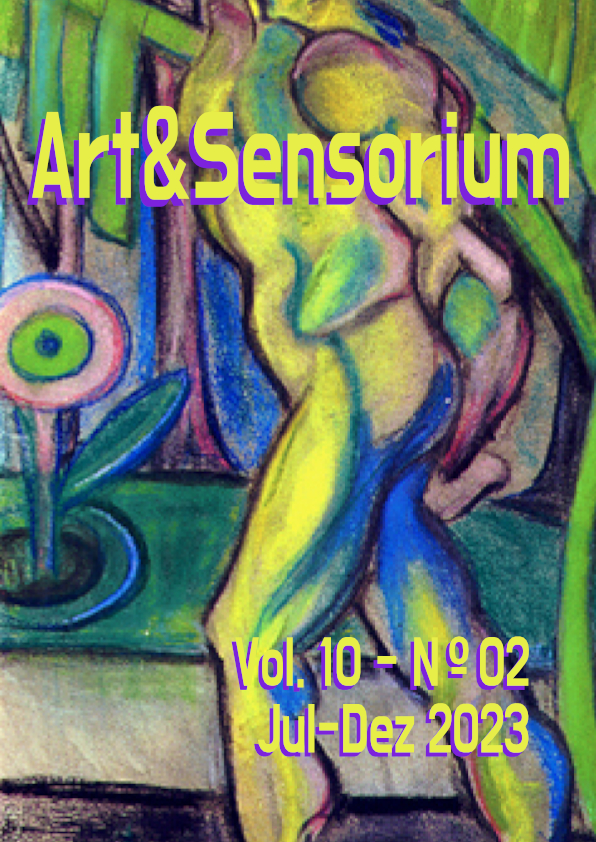ART(SCI)CULAR EN COMICS: FORMAS DE SER Y MIRAR EL MUNDO CUENTA DE AJ RABISCO
DOI:
https://doi.org/10.33871/23580437.2023.10.2.66-83Resumen
Al enfocarse en el potencial de las historietas (comics) en la enseñanza de las ciencias, este estudio plantea la opción de rescatar dos textos para integrar el tema arte-ciencia y materializarlo como parte de la trama de una historieta, utilizando los estudios de los dibujantes de historietas Will E. Eisner y Scott McCloud como apoyo teórico. Esto con el objetivo de (re)humanizar el conocimiento y otras formas de ser abordadas en la enseñanza de la física. Para ello, en un primer momento, se hace una contextualización y una explicación del argumento del cómic. Posteriormente, se discuten cuestiones sobre el contenido-temático en cuanto a la materia y los elementos estructurales -de arte secuencial- contenidos en la composición de este mundo del cómic. Finalmente, se aportan implicaciones teóricas para el uso de este cómic en el ámbito educativo.
Descargas
Descargas
Publicado
Número
Sección
Licencia
Derechos de autor 2023 Revista Internacional Interdisciplinaria de Artes Visuales - Art&Sensorium

Esta obra está bajo una licencia Creative Commons Reconocimiento 3.0 Unported.
Autores que publicam nesta revista concordam com os seguintes termos:- Autores mantém os direitos autorais e concedem à revista o direito de primeira publicação, com o trabalho simultaneamente licenciado sob a Licença Creative Commons Attribution que permite o compartilhamento do trabalho com reconhecimento da autoria e publicação inicial nesta revista.
- Autores têm autorização para assumir contratos adicionais separadamente, para distribuição não-exclusiva da versão do trabalho publicada nesta revista (ex.: publicar em repositório institucional ou como capítulo de livro), com reconhecimento de autoria e publicação inicial nesta revista.
- Autores têm permissão e são estimulados a publicar e distribuir seu trabalho online (ex.: em repositórios institucionais ou na sua página pessoal) a qualquer ponto antes ou durante o processo editorial, já que isso pode gerar alterações produtivas, bem como aumentar o impacto e a citação do trabalho publicado (Veja O Efeito do Acesso Livre).


